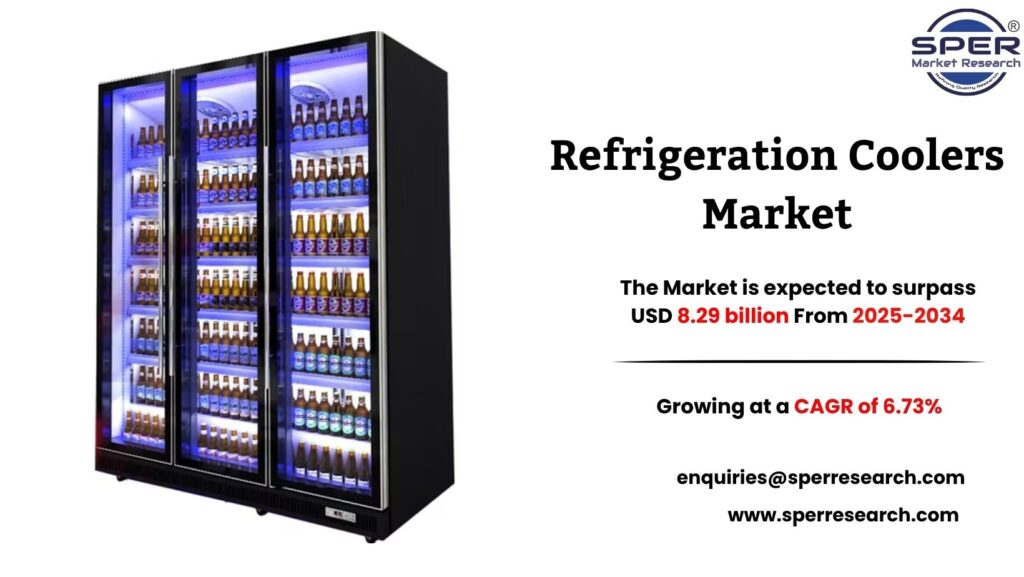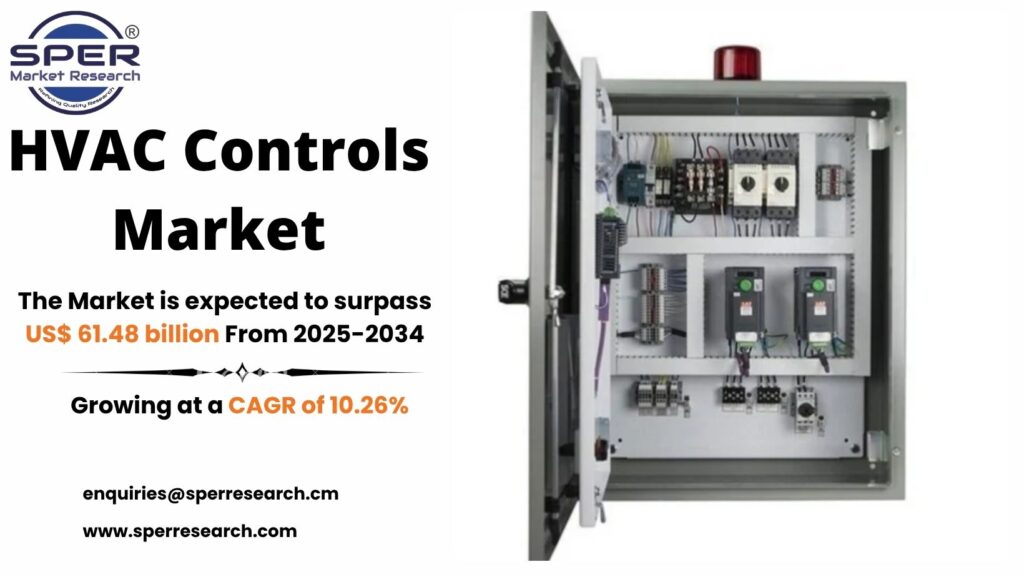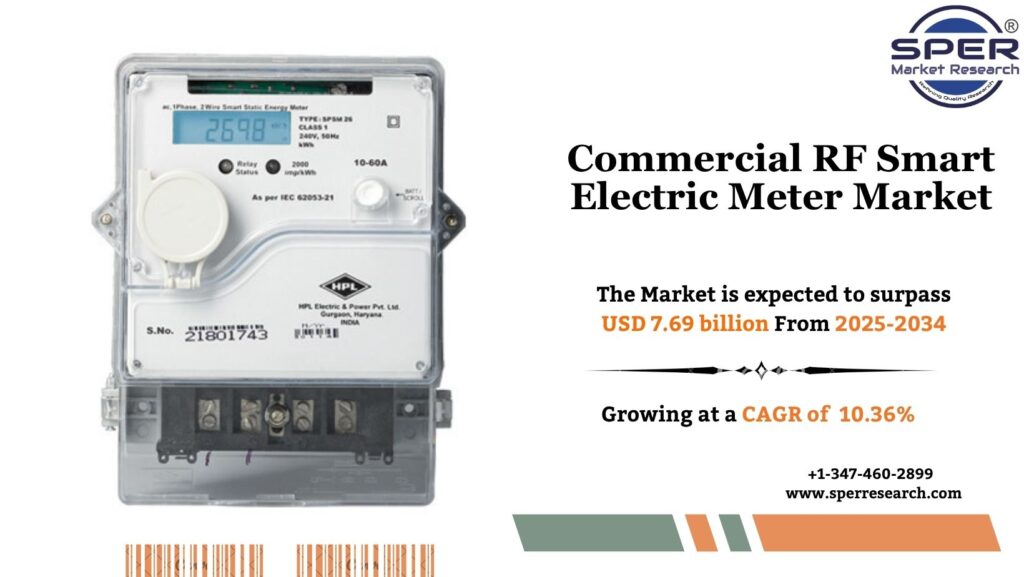A kitchen towel is a versatile item utilized for various tasks, including hand drying, maintaining kitchen cleanliness, and washing dishes, knives, cutting boards, and other kitchen tools. It is predominantly produced using cotton, which effectively draws out and retains moisture through direct interaction, as well as enduring repeated usage and washing. In addition to these functions, it serves to hold hot utensils while serving, such as plates, bowls, and dishes. Currently, there is a wide assortment available that caters to consumers’ tastes and preferences.
According to SPER market research, ‘Global Kitchen Towel Market Size- By Type, By Material, By Application, By Distribution Channel – Regional Outlook, Competitive Strategies and Segment Forecast to 2034’ state that the Global Kitchen Towel Market is predicted to reach 6.46 billion by 2034 with a CAGR of 5.93%.
Drivers:
The foodservice sector, encompassing restaurants, hotels, and catering services, significantly influences the demand for kitchen towels on a larger scale. These establishments depend on kitchen towels for essential operations, including cleaning, food preparation, and upholding hygiene standards. The market provides a selection of both disposable and reusable kitchen towels, with consumer preferences playing an essential role in shaping the demand for each category. Disposable kitchen towels are often preferred for their convenience, while reusable ones attract those who prioritize eco-friendly and sustainable alternatives.
Download Free Sample Detailed Report – https://www.sperresearch.com/press-release/kitchen-towel-market-future-outlook
Restraints:
The kitchen towel market may encounter saturation in specific regions or segments. Given the extensive range of products currently available, new market entrants may find it difficult to distinguish themselves and secure market share. Established brands and significant market players already maintain a substantial presence, which complicates the entry of new competitors into the market. These reasons are projected to limit the growth of the kitchen towel market share.
North America is expected to account for the highest share of the kitchen towel market over the forecast period. The demand for kitchen towels in this region is driven by high disposable income levels and a strong consumer focus on hygiene and sanitation. Some of the key market players are Accrol Group, Aldar Tissues, Clearwater Paper, Essity, Kimberly-Clark, Koch Industries, and others.
For More Information, refer to below link: –
Related Reports:
Vegan Protein Powder Market Size
Follow Us –
LinkedIn | Instagram | Facebook | Twitter
Contact Us:
Sara Lopes, Business Consultant — USA
SPER Market Research
enquiries@sperresearch.com
+1–347–460–2899









